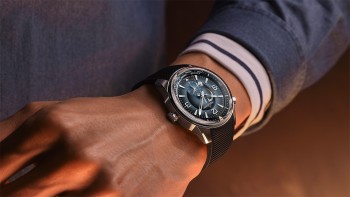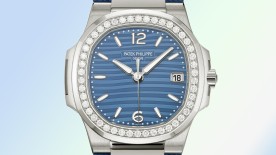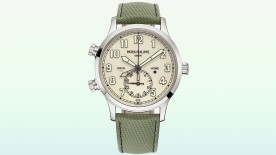Polaris is a historic collection from Jaeger-LeCoultre, reintroduced in 2018 to awaken this iconic ‘60s creation from its slumber. It was a great idea, for two reasons. First, because vintage fever regularly brings back golden oldies from the ‘20s to the ‘60s, a period often considered the zenith of horological good taste. Vintage is in vogue.
And second, because those decades also featured some of the finest geographical discoveries, explorations and ascents. By reviving this icon, Jaeger-LeCoultre can also evoke the flamboyance of that era’s intrepid adventurers, setting off to conquer unknown lands in their leather shoes, woollen sweaters and extravagant moustaches. Exploration means travel, and thus time zones, making the addition of a worldtimer a natural addition to the Polaris collection. Welcome to the Polaris “Geographic”.
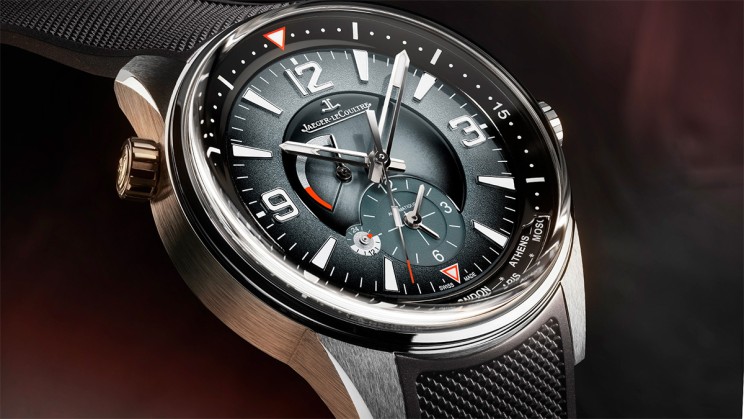
Technically, the worldtimer is not a difficult complication to develop, but it can be tricky to display in a clear and legible manner. The dial must show a second set of hour and minute hands, as well as the 24 reference cities corresponding to the 24 main time zones on the dial.
This information is necessary to qualify the watch as a true “worldtimer”, but it is not always sufficient. That’s why the Polaris Geographic goes further. The 24 reference cities are complemented by a graphical indication that distinguishes those cities that apply daylight saving time from those that don’t. They are set via the crown located at 10 o’clock, an asymmetry typical of the Polaris collection.
The second time zone at 6 o’clock features a discreet day/night window at its edge. This makes it possible, for example, to differentiate between 3pm and 3am – a useful way to avoid waking up the family back home with an impromptu phone call in the middle of the night.
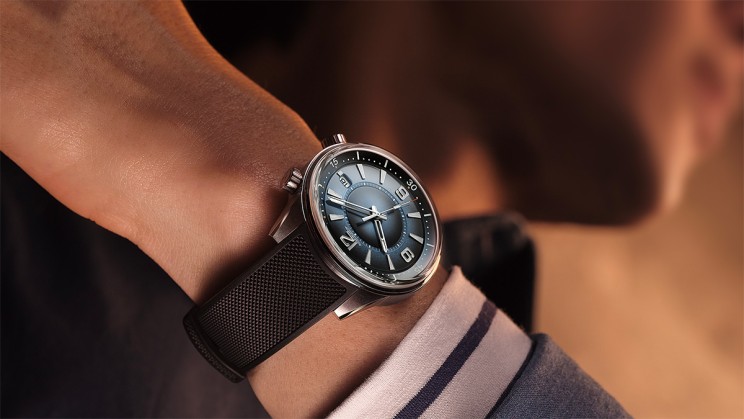
Finally, the movement is equipped with a stop-seconds function – a subtle touch that allows the seconds hand to be stopped when setting the time. In a worldtimer, this ensures that both time zones are set with the same precision, to the second.
Aesthetically, the Polaris Geographic comes with an unusual “ocean grey” lacquer, produced by the application of four layers of lacquer in different colours, allowing the different shades of grey and blue to emerge more strongly towards the centre of the dial. No fewer than 30 additional layers of translucent lacquer are added to protect the colour and enhance its deep lustre.
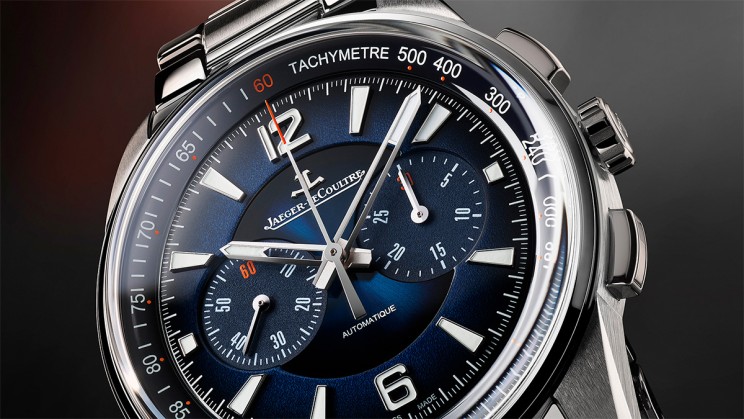
The way the watch’s various functions are arranged is also unusual. The ultra-discreet window for the reference cities at 6 o’clock will probably not be controversial. However, the fact that the power reserve and day/night indicator are brought together on the left side of the dial, leaving the right side of the dial empty, may cause some raised eyebrows. Even the power reserve (70 hours), might seem somewhat disproportionate to some, while others will applaud its perfect legibility.
Ultimately, this 42 mm steel-cased Polaris Geographic displays what many people most want to find in a watch: a personality. It’s not for everyone. It’s opinionated and a little bit risky. Some will not care for its somewhat threatening grey-blue dial, or for its deliberate asymmetry (dial and crowns). It’s a watch with character, rather like its target audience of mature collectors.
